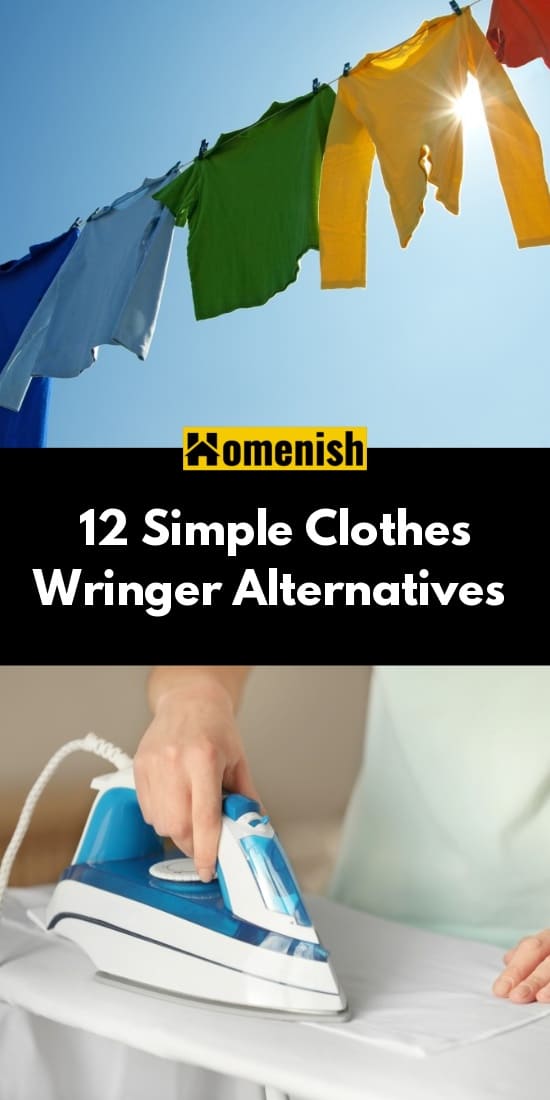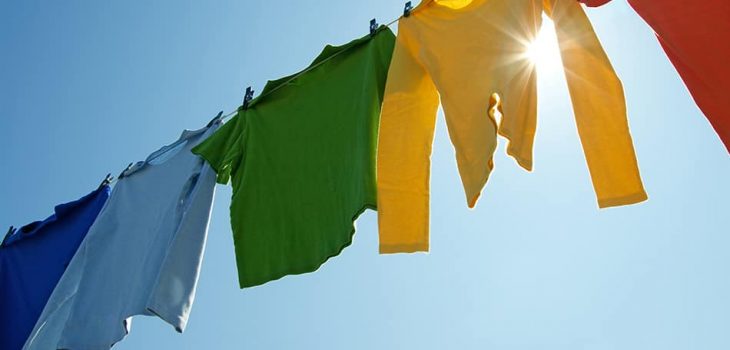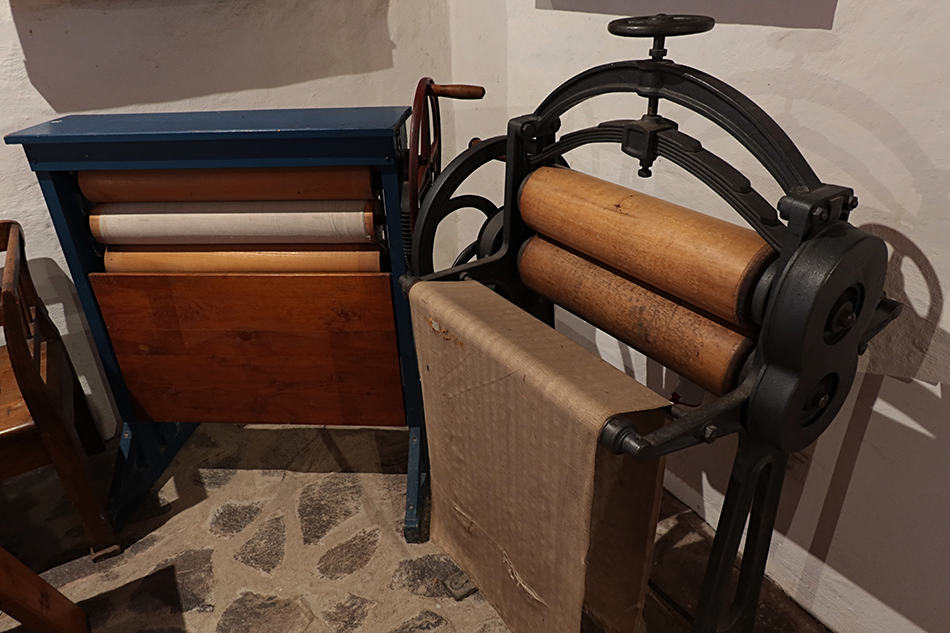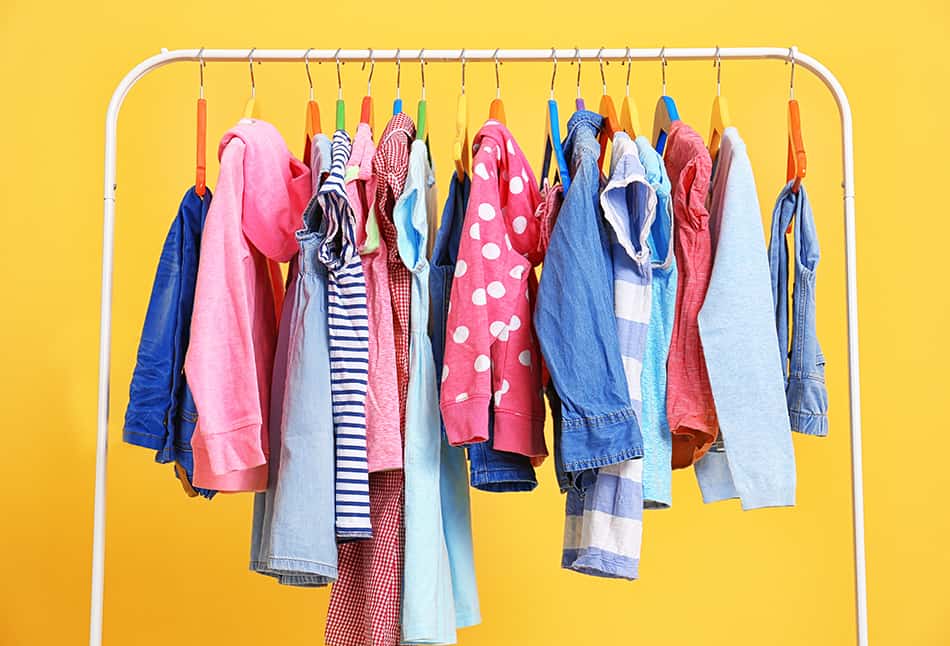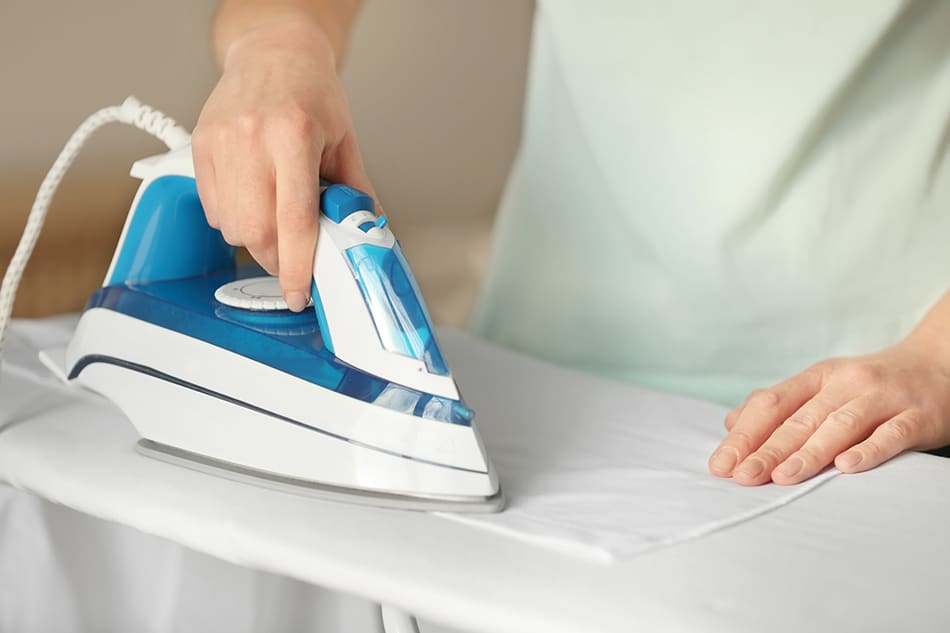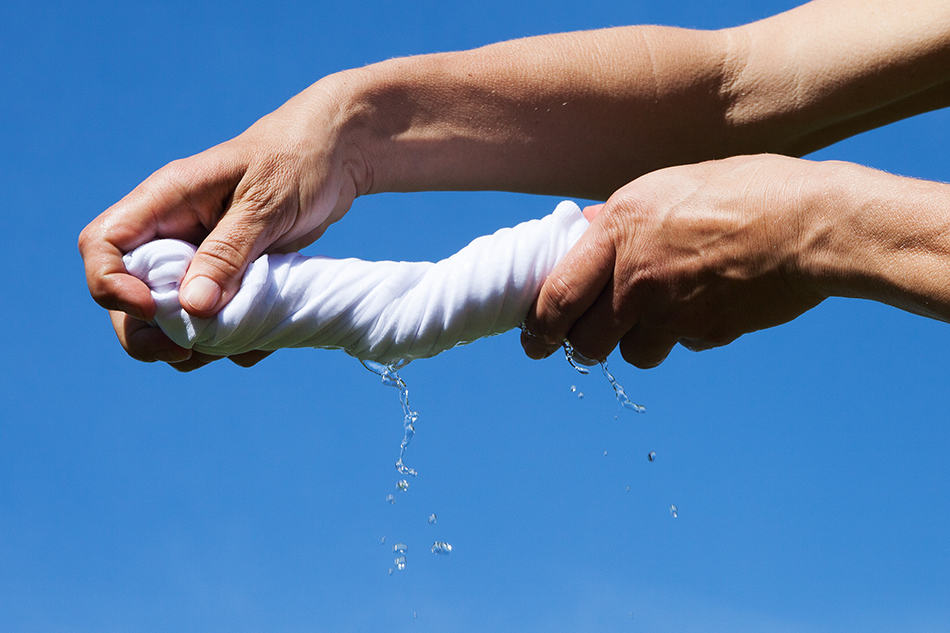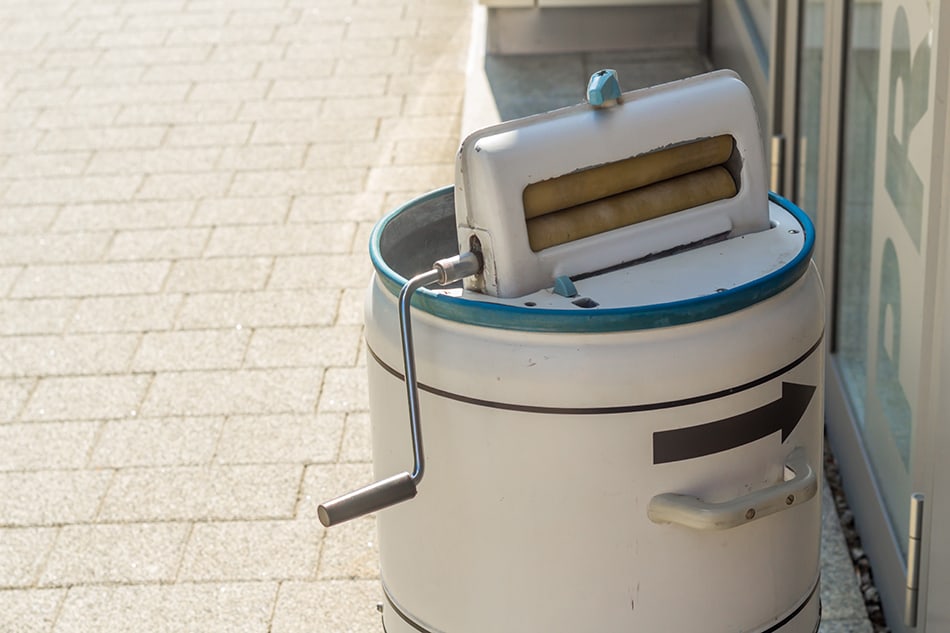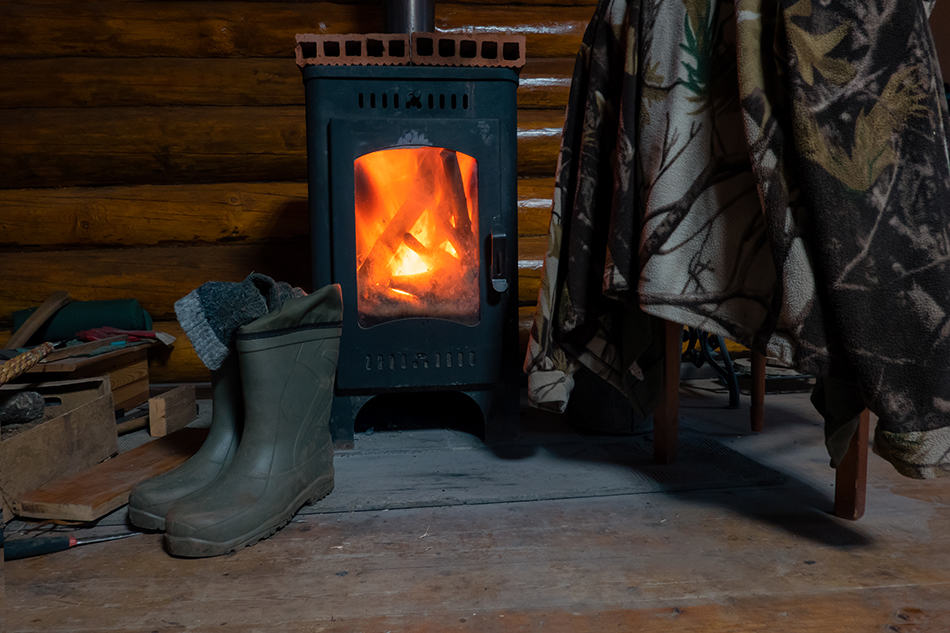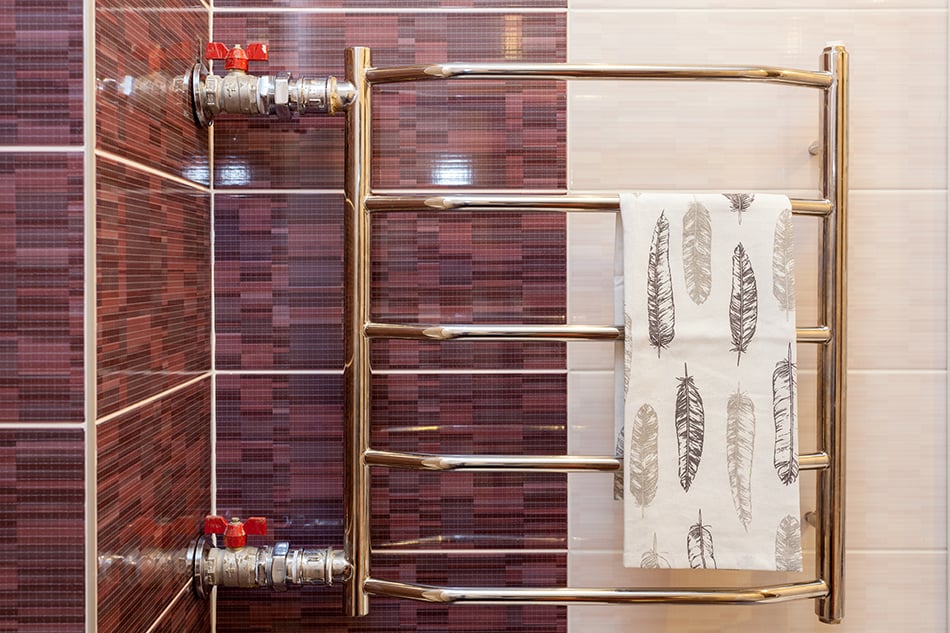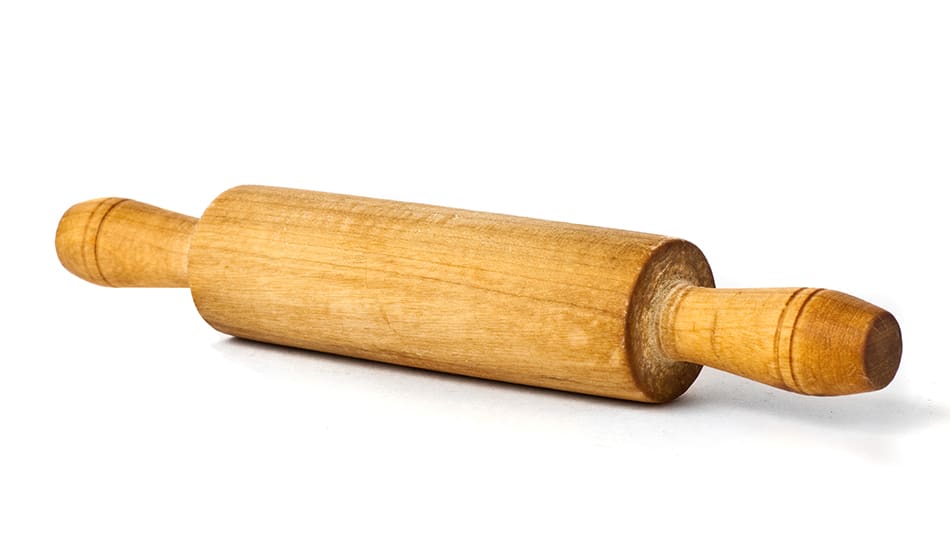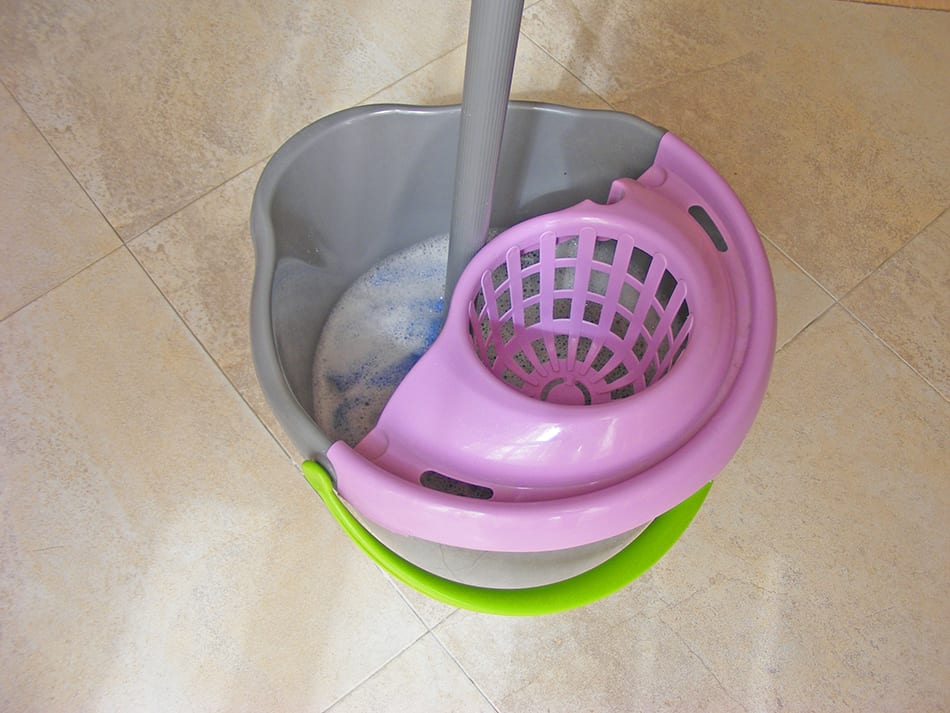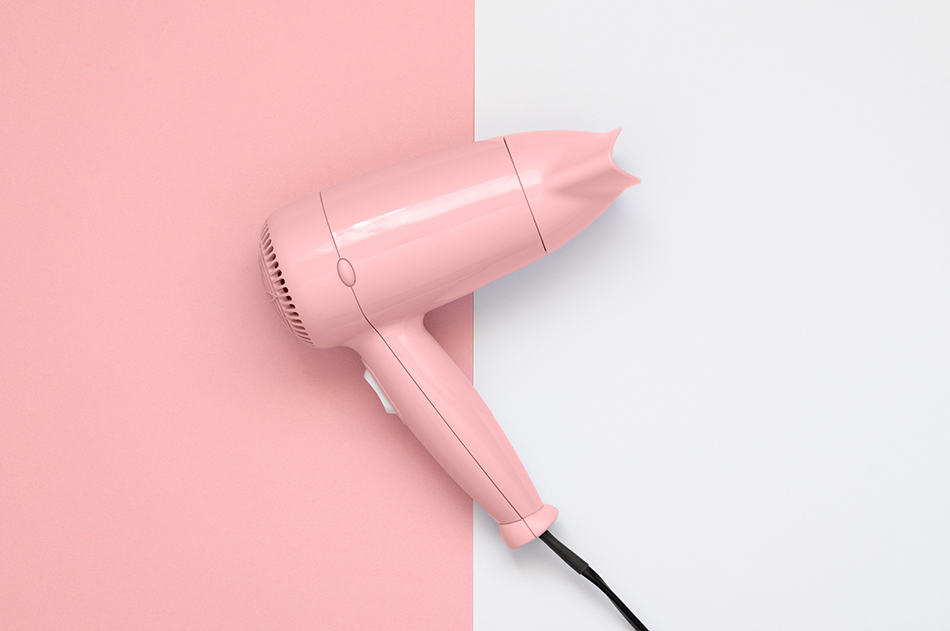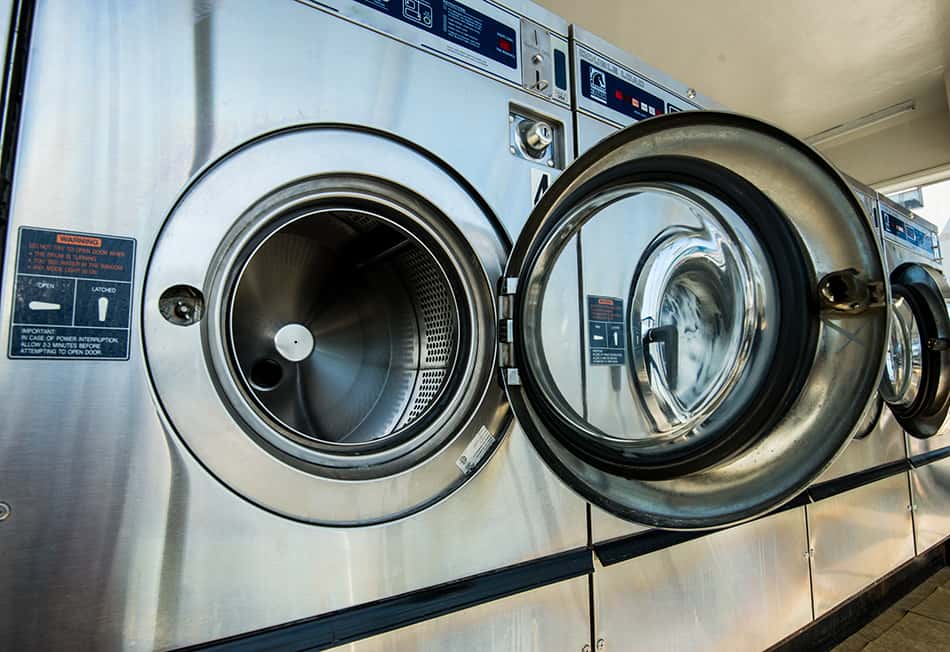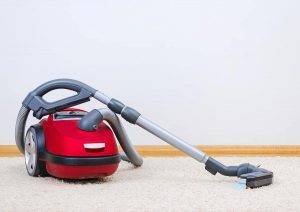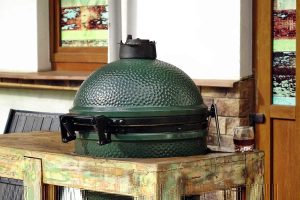Since the invention of the washing machine, especially the energy-efficient ones, the lives of many have improved. The dreaded chore of washing the clothes by hand is not only time-consuming, but it’s also a labor-intensive task to do at home.
While some people still prefer to wash their clothes without a washing machine (for sustainable living reasons), the drying process doesn’t have to be a hassle. So, if you have been using a clothes wringer for some time but wish to look for a simpler alternative, I have some great suggestions that you might want to try. But first, let’s find out what a wringer is and some of its disadvantages.
What is a Wringer?
A wringer is a device consisting of two rollers for squeezing the wet clothes. One of the main functions of a wringer is to wring out wet clothes. It acts as a clothes dryer while eliminating the excess water at the same time.
Disadvantages of Clothes Wringers
- Difficult to slip the clothes in between the two rollers
- It can be labor-intensive
- If you have a big load to wring, you can end up with achy arms
- Heavier fabrics don’t get dried as quickly
12 Clothes Wringer Alternatives
1. Hang your laundry on the clothes rack
A clothes rack is a traditional way of drying clothes. When it’s warm and sunny outside, you can either use a clothesline or rack to hang your laundry on. This way, they’ll smell nice and fresh without much effort on your part to dry them.
2. Use a plunger
For heavier fabrics that require more effort to dry, a rapid plunger will perform the task for you by plunging the water out of the clothes. This is a great tool that costs very little. Simply wash your laundry in the sink or bathtub before using the plunger to get all the water out.
3. The towel and iron drying method
Place a thin towel over your ironing board. Now, lay the washed clothing over the towel before placing a second towel over the item. Iron over the towel from edge to edge.
The purpose of the towel is to protect the washed item from direct heat while allowing enough heat to dry it. Ironing your clothes dry will also protect them from wrinkling.
4. Wring by hand
Wringing out your wet clothes by hand may take a bit of getting used to, but it can actually take less time than a clothes wringer. If you are willing to make the effort, you can wring out your clothes effectively without having to buy a special tool. Most people wring out their clothes in the sink or bathtub but you can also do it outside after washing the items.
Make sure you squeeze each garment again and again until no water drips from it. This process might give you achy arms but it’s highly effective for just a handful of items that you want to dry quickly.
5. Hand crank the garments to dry
The modern equivalent of an old-fashioned clothes wringer is a hand-crank dryer. This device is highly effective in drying your clothes quickly and effortlessly. It is easier to use than traditional clothes wringers. All you need to do is place your garments inside of the unit, adjust the thickness of the wringer, and then spin it around using the hand crank.
Towels and jeans require a little more effort than other lighter materials. Having said that, using a hand crank wringer to manually dry your clothes is a good alternative to the traditional wringers. Even if the handle breaks or the device falls apart, you can easily fix it. The easy operation of a hand crank wringer means you can dry multiple garments at once using your own hand power, not electricity.
6. Dry your clothes in front of a wood stove
In the winter or rainy months, the intense heat from a wood stove can be used to dry your clothes inside the house while keeping you warm and cozy at the same time. The metal body of the wood stove is heated by the fire, which is ideal for indoor clothes drying. And since a wood stove gives out such high heat, you won’t have to worry about the dampness of your clothes as the stove helps get the moisture out very quickly.
Tip: one of the easiest ways to dry your clothes using the heat from a wood stove is by screwing “U” type of hooks into the wall on either side of the stove. Next, run the clothesline from hook to hook before hanging the clothes. You may use pegs or hangers to air dry the garments indoors during the rainy or cold seasons.
7. Dry your clothes on towel warmers
Towel warmers aren’t just for keeping the towels warm. You can easily dry your garments on these bars. So the next time your clothes get wet in the rain, or you have no other option to dry them quickly, hang them on the towel rack for a couple of minutes. The heated towel warmer will dry out your garment without any effort on your part.
The towel warmer doesn’t necessarily have to be in your bathroom. You can add one of these racks in your basement or laundry room to dry out your clothes. Look for a good quality rack that has at least 6 bars. Another idea is to install one in your hallway to prevent the winter cold from entering your living room. The rack can be used as a damp clothes hanger and as a warming rack for the hallway.
You may also add a towel rack to your bedroom to dry the damp blankets, towels, or pillow covers.
8. A rolling pin as a basic wringing tool
A wooden or steel rolling pin is one of the simplest versions of a wringer. Just place your wet garment on an even surface or worktop, before rolling it out as though you are rolling a dough. It would be even better if the surface was rigid-porous or rough for a more thorough drying.
9. Mop bucket with a built-in wringer
If you are having a picnic or enjoying the outdoors in your motorhome, you might want to try a mop bucket with a built-in wringer for your wet clothes.
The mop bucket’s wringer will do a good job of wringing out the excess water out of your garments. You can do this by pushing down the mop on the items in order to squeeze the water out into the bucket.
10. Hair dry rather than air dry
If you’re pushed for time, get your clothes dried with a quick blast of a hair dryer. This device is ideal for whenever you need to dry your work shirt, tie, or any other damp item.
A hairdryer can be found in almost every household. It’s a great tool for drying your hair as well as an item of clothing that you need to dry quickly.
11. If all else fails, invest in a tumble dryer
A tumble dryer works by continuously drawing in the air from outside and heating the clothes using a compressor. Instead of reusing the hot air, the dryer filters it through the vent while creating more hot air at the same time.
There are many different types of tumble dryers on the market, but the one big disadvantage they have is their high use of electricity. Even the energy-efficient ones aren’t economical since they continuously exhaust hot air and heat up new air. This action results in a huge loss of energy, which, as a result, increases the consumer’s utility bills.
Having said that, a tumble dryer is by far the fastest method of drying clothes. When you have a big laundry load, you can simply put them all in the tumbler and within 10 or 15 minutes, all your garments are completely dry and ready to wear. This appliance is especially useful for parents who are constantly washing their children’s clothes.
12. Alternatively, use a local laundromat
If you don’t have the space in your home for a tumble dryer, consider using a local laundromat to wash and dry your laundry. Some laundromats also offer a full service so you just leave your clothes to them to wash and dry. However, this will cost you considerably more than if you were to do it yourself. This idea works perfectly well for people who don’t always have the time to do their own laundry.
So if you’re short of time and can afford to use a local laundromat service, it’s by far the most convenient and easy course of action. Just think how fresh and clean your garments will be without you having spent any effort or time on washing and drying them. No need to buy a tumble dryer that takes up space or a clothes wringer that will only dry your clothes one by one.
